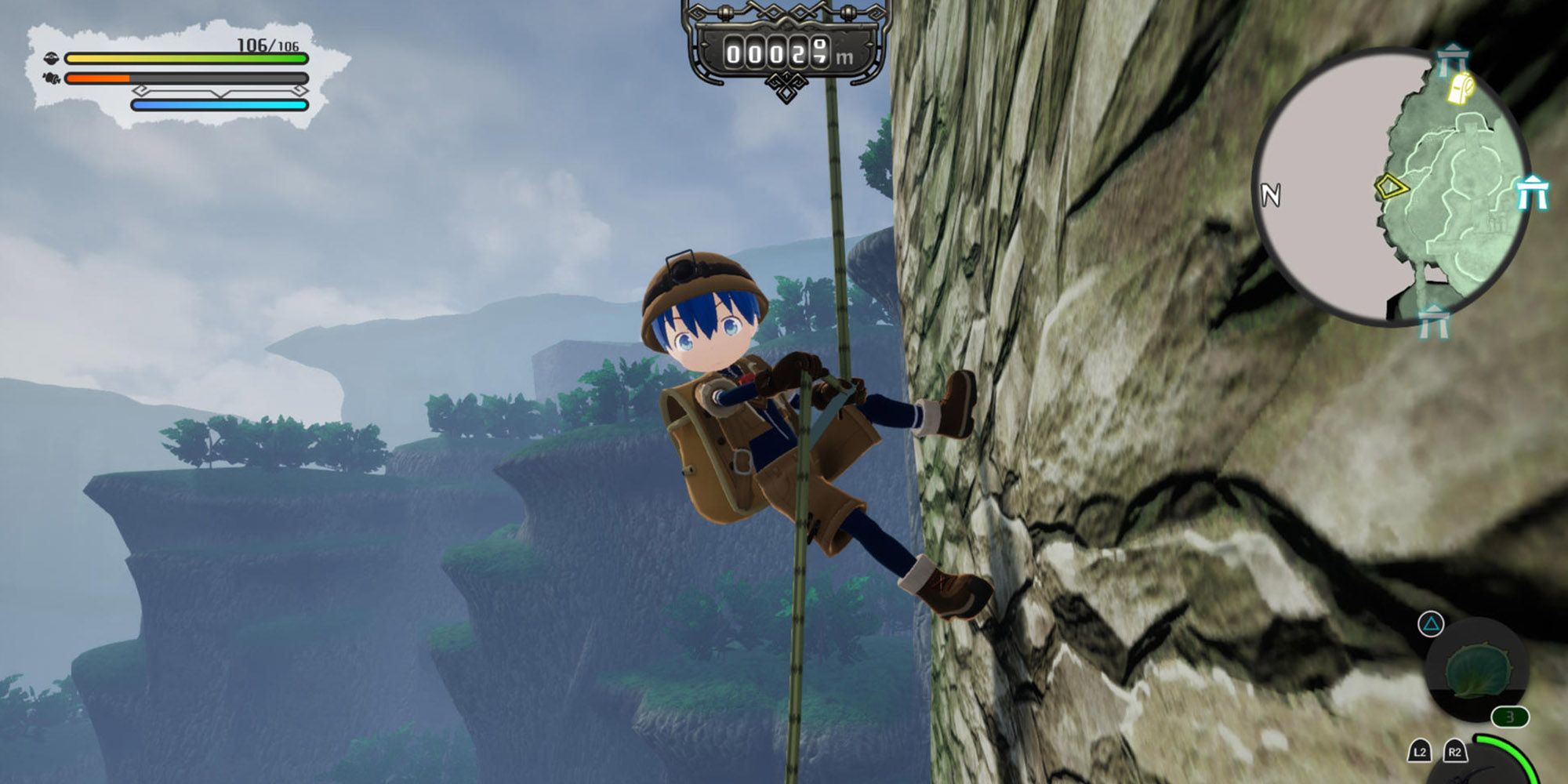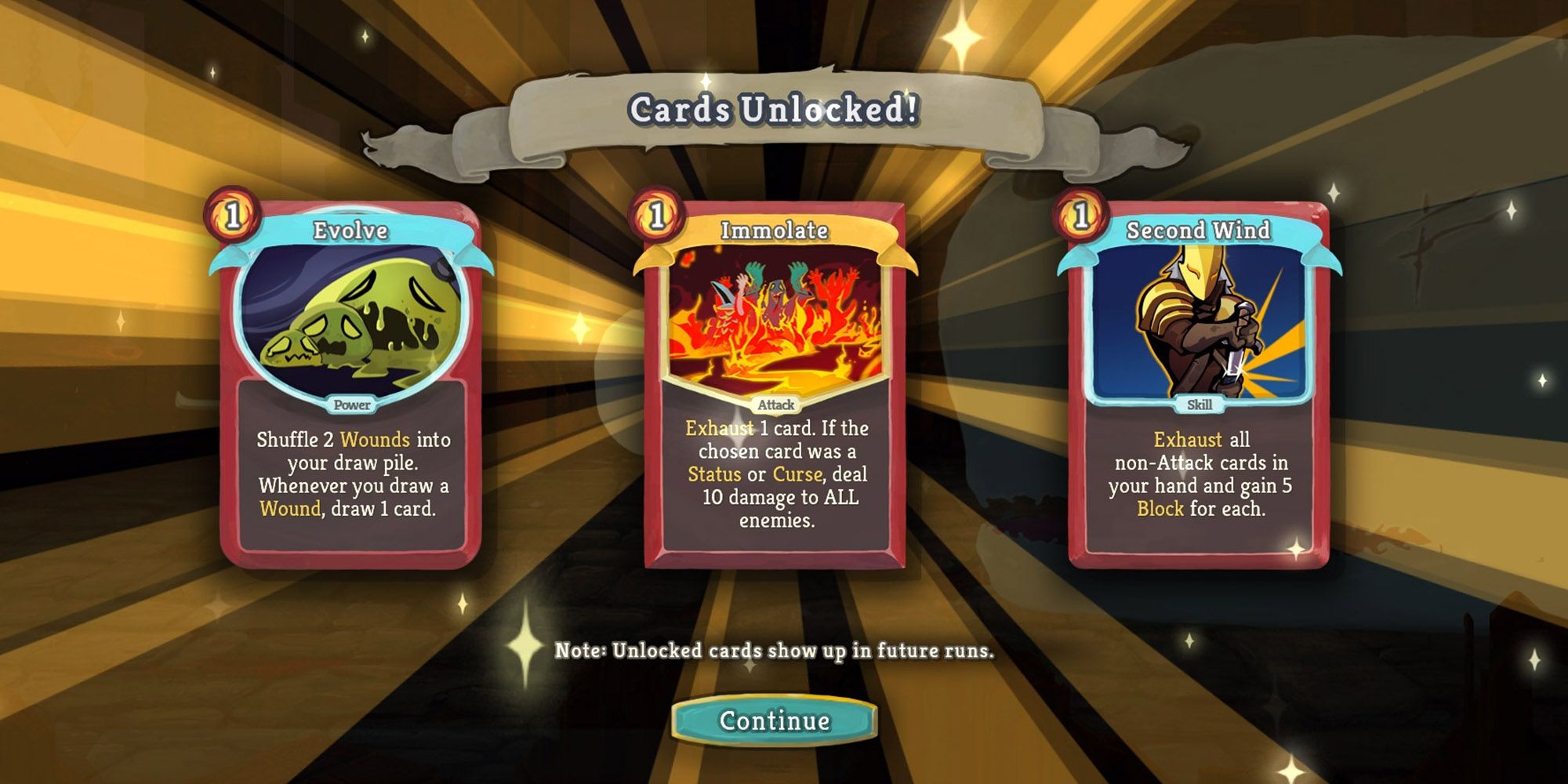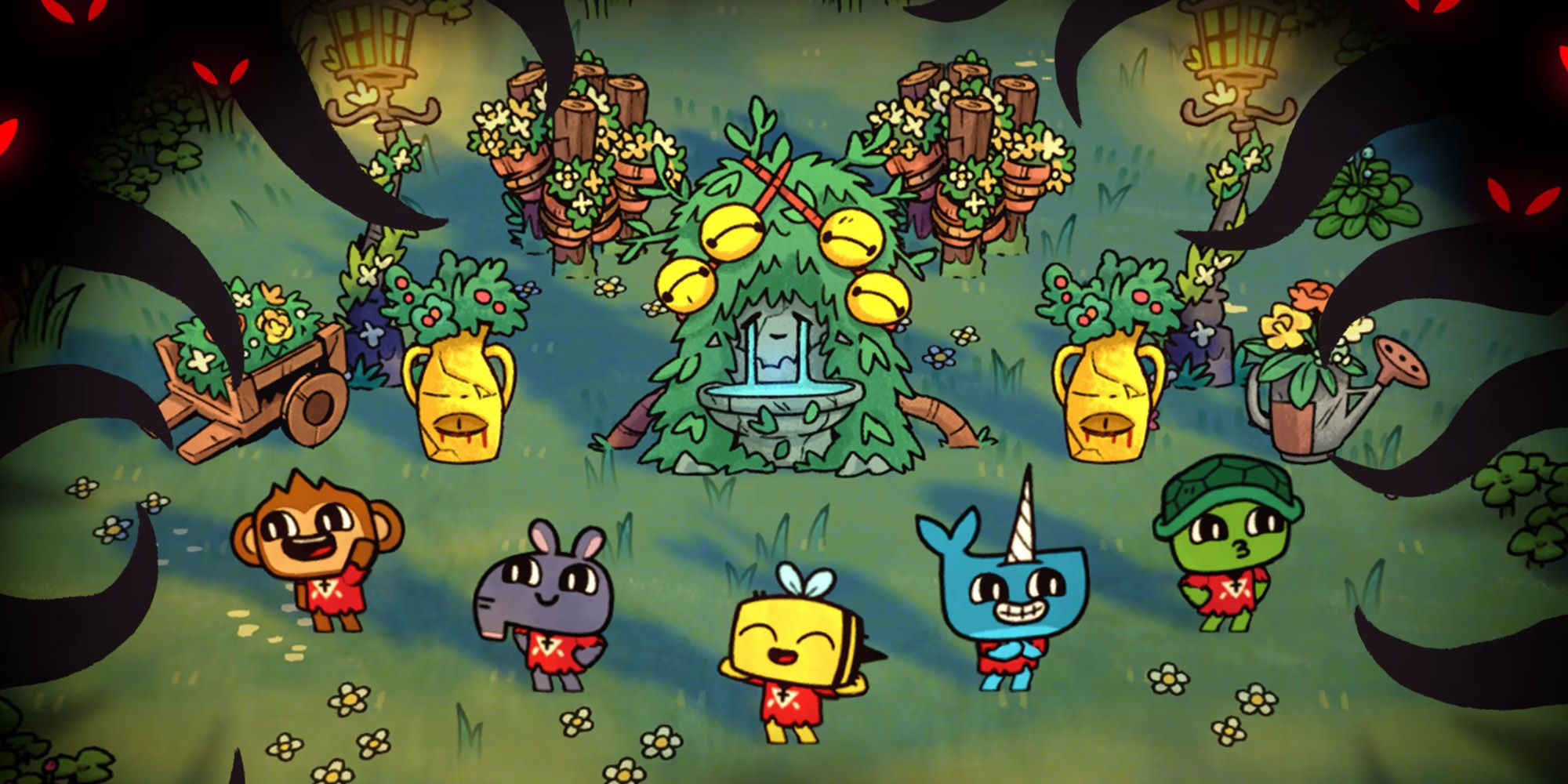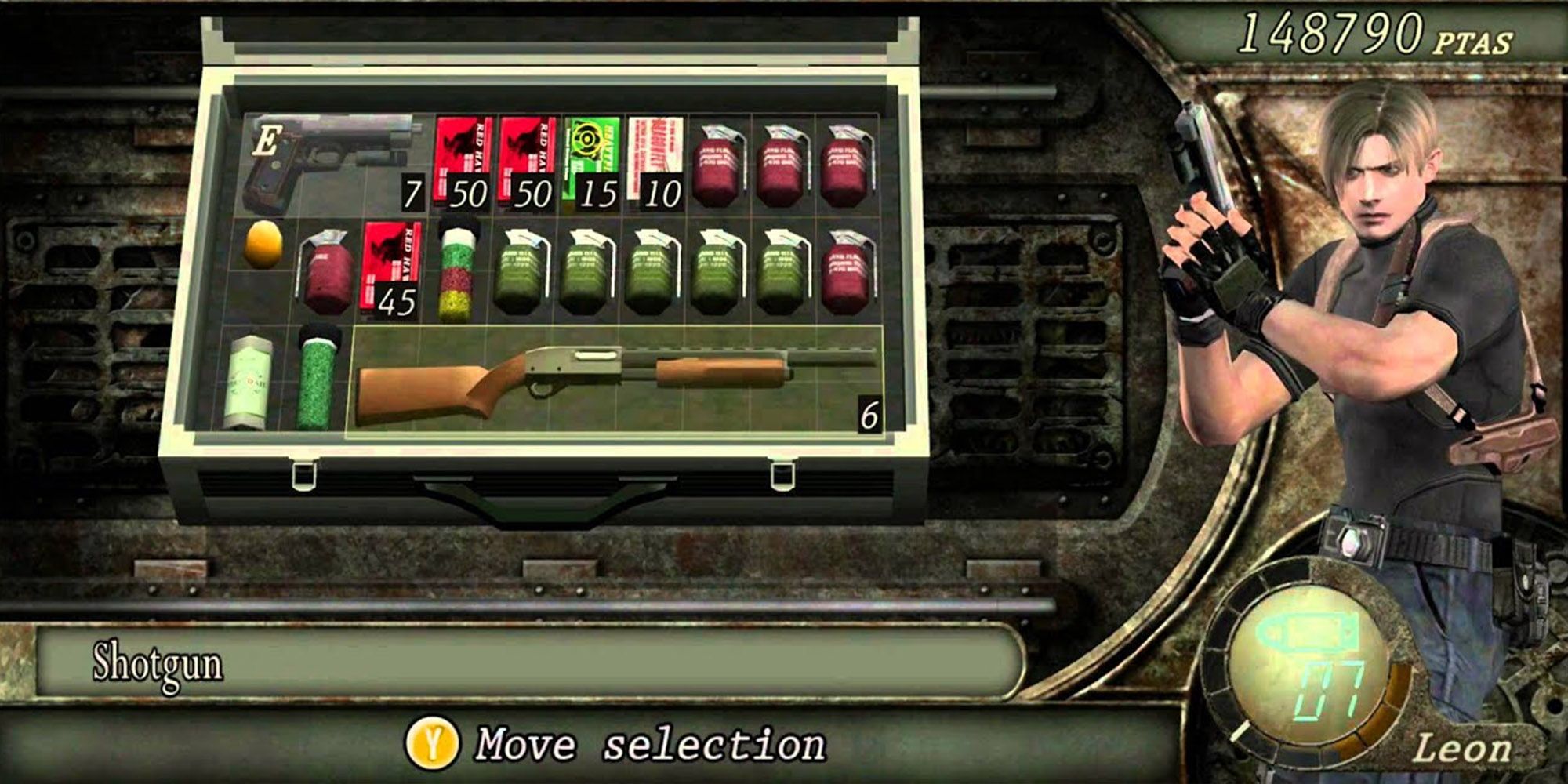Resource hoarding in video games is something that almost every player struggles with at some point or another. There are many ways of hoarding in games too, such as holding onto hundreds of potions that never get used, collecting thousands of stacks of wood that never get built into anything, or even just building up a pile of useless in-game money.
And, a lot of the time, the games themselves are designed to incentivize this kind of behavior, as players spend more time playing the game to collect these resources and get more invested in the game as a result. But, what are some examples of games that actively punish players for over-collecting?
7 Survival Games: Food That Spoils
Survival Games encompass a whole sub-category of the gaming ecosystem where the core gameplay loop is built around collecting resources and managing different hunger, thirst, or sleep meters. There are hundreds of them at this point, with some of the biggest examples being long-lived games like Minecraft, Valheim, Ark: Survival Evolved (now past the five-year mark), and Subnautica.
And, a lot of these games have punishments for players for over-collecting, such as having a maximum inventory size so that players will need to choose what to keep, like in the Dead Rising games. An example of a more direct punishment is games where food is actively on a timer and spoils after a certain amount of time has passed. This happens in Ark, Subnautica, and even the Don't Starve games where players who spend too much time making or collecting food in excess will find that they now have a pile of essentially useless rotten meals.
6 Let It Die: Waiting Room Robberies
Next up is an example from a game called Let It Die, a charming yet absurdly weird game made by Grasshopper Manufacture where players slowly climb up the "Tower of Barbs" collecting weapons, mushrooms, fighters, as well as unlock permanent checkpoints to mark their progress. But, by far the most useful things they'll collect are the two forms of currency, SPLithium and Kill Coins. Kill Coins are mostly used for purchasing items, Skill Decals, and so on while SPLithium is meant more for permanent expansions and upgrades.
And, the excess of either of these two resources is always kept in their Vault within each player's Waiting Room of the Tokyo Death Metro. Basically, since the game's asynchronous multiplayer includes the ability to invade other people's Waiting Rooms and steal from their Vault, hoarding resources just makes a player an even bigger target for others, and it's an incredibly unique system overall. It seems that both this game's universe and its style of gameplay are well-liked, as Deathverse: Let It Die seems to be taking a lot of aspects from Let It Die and adapting them into a battle royale-type format.
5 Devil May Cry 5: More Arms Than You Can Handle
The Devil May Cry games are iconic sword-slashing high-octane Character Action titles that focus on one thing and one thing alone: style. There aren't many games that manage to pull this type of gameplay off like DMC does with the only other standout examples being games that Platinum Games developed such as Bayonetta, Wonderful 101, Astral Chain, Metal Gear Rising: Revengence, and a few others. In these games, players need to get the sickest combos, juggle enemies the most optimal way, and switch up the moves they're using constantly in order to get the highest style ranking.
And, in Devil May Cry 5, these mechanics actually work to punish players attempting to hoard resources. More specifically, it punishes players who try and hold onto Nero's different Devil Breaker arms for too long. The game gives them out constantly, they break easily, and players can't cycle through them to avoid using their favorite ones. So, the game itself is pushing its players into breaking these arms often to pull off as many SSS (AKA "Smokin' Sexy Style") ranks as possible.
4 Made In Abyss: Binary Star Falling Into Darkness: Over-Encumbrance To The Extreme
The newest anime-to-game adaptation made by Chime Corporation and published by Spike Chunsoft, Made in Abyss: Binary Star Falling into Darkness, is a perfect example to use in talking about over-encumbrance systems in games. The over-encumbrance system is the primary method developers like to use to stop players from hoarding too much while roaming around, especially in open-world games.
To explain the concept of this system simply, usually, players will have a weight limit of things they can carry in-game, and when they reach the weight limit or go over it, they'll suffer some sort of penalty, such as:
- Slower movement speed.
- The inability to run or jump.
- Unable to draw weapons or the locking of some other combat feature.
- The inability to pick up any more items.
The Made in Abyss game, however, is extra-punishing in its over-encumbrance, as the player moves so much slower than any other game that attempts this punishment. These Abyss Delvers seriously move at about a single step a second while over-encumbered. Not only that, but if they become over-encumbered while climbing, they'll instantly fall off the wall or rope, another unique implementation, which usually leads to instant death. This extra layer of difficulty seems to so far be both beloved by the community for its faithfulness to the brutality of the source material and also hated because of how "unfun" it can be.
3 Deckbuilding Games: Forced Rewards Aren't Always Good?
Again this is sort of a loophole, but it absolutely works as an example of a game "punishing" the player for hoarding resources. Now, in most Deckbuilder Roguelike games, players will usually have a lot of opportunities to add more cards to their deck, either as a reward from battle or from shops found in-game.
But, in almost every situation, over-bloating a deck with cards, even "great" cards, is much worse than keeping the deck light with cards that are just "good". The best examples are in games like Slay the Spire or Riot's Legends of Runeterra card game where players are usually "forced" to take cards after battles and can't skip them. But, there are plenty of other Deckbuilding games that heavily incentivize or force players to take new cards after combat such as:
- Across the Obelisk
- Monster Train
- Gordian Quest
- Roguebook
- Banners of Ruin
There are so many more examples, but the overall idea is just that these games "punish" players by giving them too much of a good thing.
2 Cult Of The Lamb: Where Cultists Are Technically Resources
People might not have expected to see something like Cult of the Lamb on here, considering that players are actually incentivized to hoard resources all they want in this game. But, what they aren't considering is that the Cultists themselves that Lamb adds to his flock are basically resources as well.
But, in exchange, more Cultists usually make it much easier for things to go out of control whenever the Lamb leaves the base. They'll come back to angry Cult members who have filled all the bathrooms, sick Cult members who caught diseases from the dead bodies laying around, and depressing Cult members who are currently starving. So, players are subtly incentivized to find the "magic number" of Cultists that works best for their current situation.
1 Resident Evil Games: The Attache Case
Almost all of the Resident Evil games have inventory systems with finite amounts of space, but everyone always cites the Attache Case in RE4 (and by extension RE7 and RE: Village) as the prime example of their anti-resource hoarding system. And, honestly, for good reason as the Attache Case is the best implementation of this concept.
With the Attache Case, the player is constantly having to figure out if they can even fit the next item into their inventory or not by rotating and moving things around. This system stops players from over-hoarding materials, stocking up too much on ammo, or carrying around all the strongest guns. It's one of the best non-intrusive systems to stop players from spending too much time gathering piles and piles of resources, and fans are excited to see the Attache Case again in the upcoming RE4 Remake.








